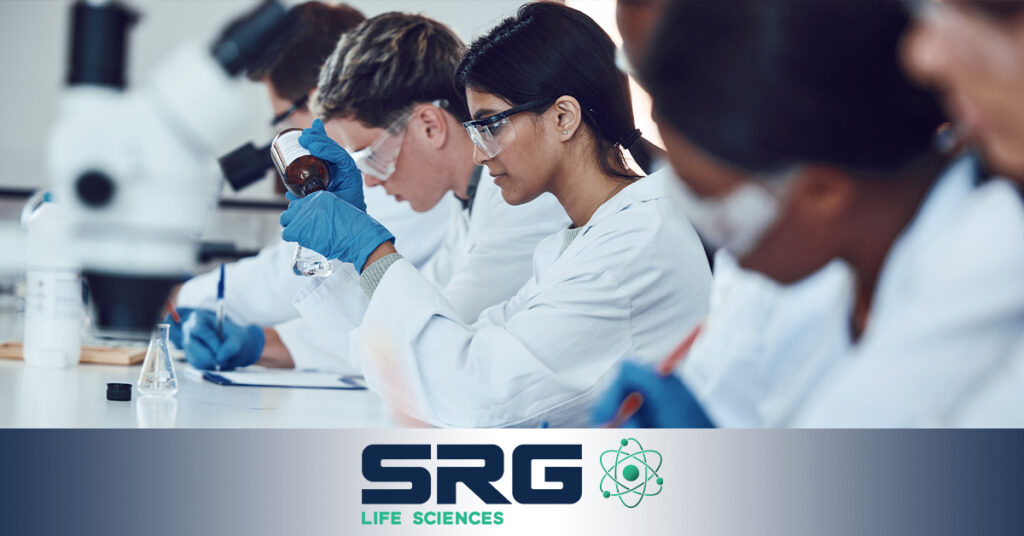Quality Risk Management (QRM) is critical in ensuring compliance and maintaining high standards of product quality within the life sciences industry. As organizations strive to meet regulatory requirements and address the inherent complexities of pharmaceutical and biotechnological development, QRM plays a pivotal role. Here’s a closer look at the essential practices that life sciences professionals can employ to foster robust QRM processes, ensuring that risk is minimized and quality is maximized across all product lifecycle stages.
Establishing a Robust Risk Management Framework
A robust QRM framework begins with clearly defining risk management policies and objectives aligned with the organization’s overall strategic goals. This framework should integrate seamlessly with existing quality systems and be supported by strong leadership and commitment from all organizational levels.
Establishing a structured process for risk management involves defining roles, responsibilities, and procedures for risk assessment, mitigation, and reporting. Effective communication channels must also be in place to ensure that risk-related information flows freely across departments, enhancing the collective understanding and management of potential risks.
Proactive Risk Identification and Assessment
Proactive risk identification is crucial in preemptively addressing potential issues that could impact product quality and compliance. The assessment process should quantify risks in terms of their severity, occurrence, and detectability, providing a clear basis for prioritizing risk management efforts.
Life sciences professionals must employ systematic methods to identify risks associated with raw materials, manufacturing processes, and technological platforms. Techniques such as Hazard Analysis and Critical Control Points (HACCP), Failure Mode and Effects Analysis (FMEA), and root cause analysis are invaluable in this stage, allowing for a detailed assessment of possible adverse events and their consequences.
Implementing Effective Risk Control Measures
Once risks have been identified and assessed, implementing control measures is the next critical step. These measures can range from redesigning processes and introducing new quality checks to enhancing staff training and improving equipment reliability.
Each control strategy should be selected based on its ability to effectively reduce or manage risk to an acceptable level while being resource-efficient and sustainable. Life sciences professionals must develop clear criteria for control measure effectiveness, and these criteria should be regularly reviewed and updated based on evolving industry standards and regulatory expectations.
Continuous Monitoring and Improvement in QRM Processes
The dynamic nature of the life sciences industry necessitates continuous monitoring and improvement of QRM processes. This ongoing process ensures that the QRM system adapts to changes in the operational environment, technological advancements, and regulatory updates.
Regular audits and reviews of the risk management process help identify new risks and inefficiencies in current risk control measures. Additionally, leveraging technological advancements such as data analytics, artificial intelligence (AI), and machine learning (ML) can provide deeper insights into risk patterns and predict potential quality issues before they occur, enabling more proactive risk management.
Ultimately, for life sciences professionals, mastering the principles and practices of QRM is not just about compliance—it’s about championing a culture of quality and safety throughout the organization. By establishing a robust framework, proactively identifying and assessing risks, implementing effective controls, and continuously monitoring and improving the QRM processes, professionals can ensure that their organizations not only meet but exceed the quality standards required in the highly regulated life sciences field.
If you’re looking for a life sciences job that helps you take your career to the next level, the Staffing Resource Group wants to hear from you. Apply Today and SuRGe your career forward.



